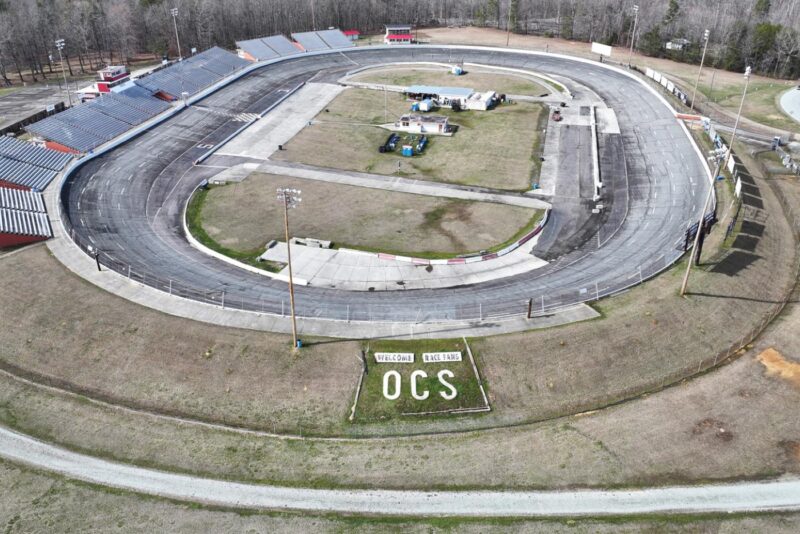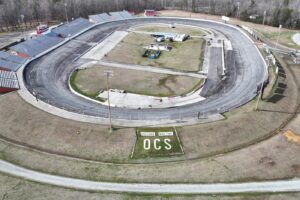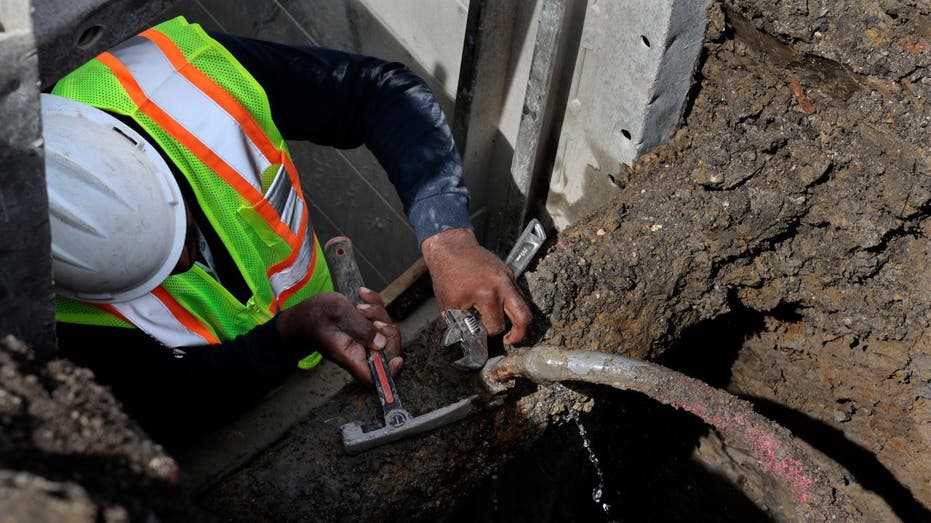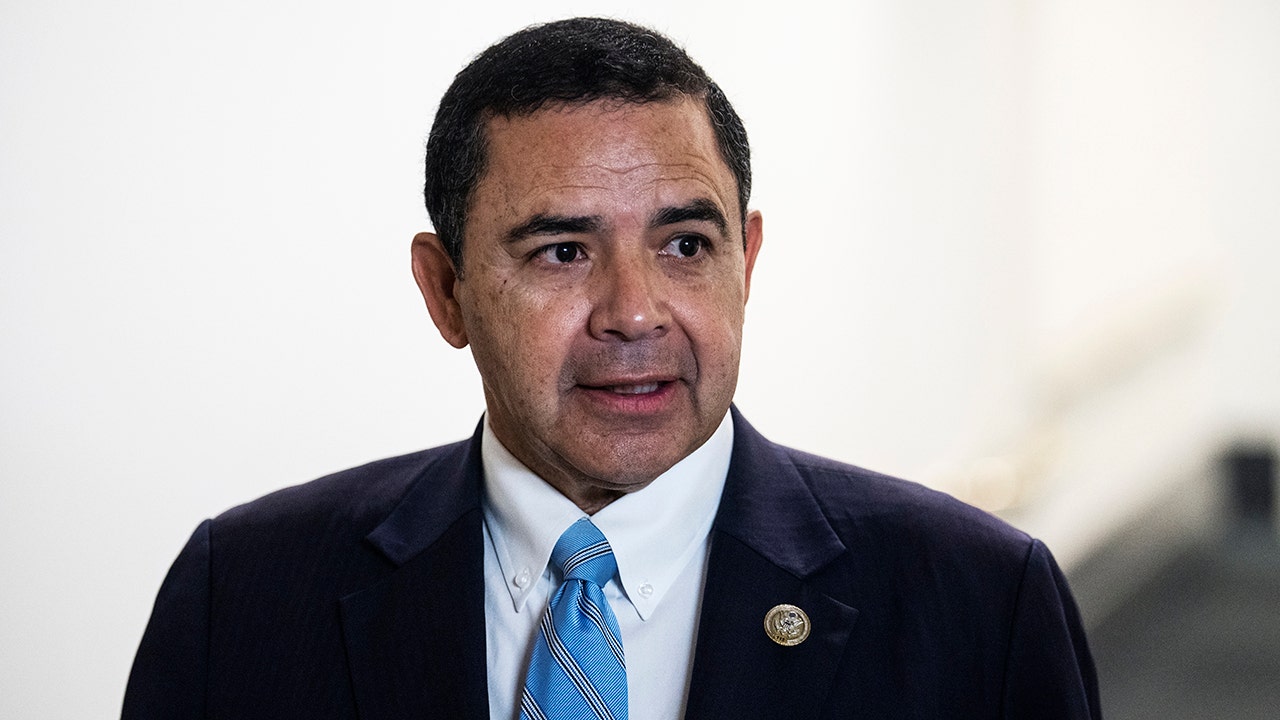North Carolina
Duke Energy feeling the heat as public hearings continue this week on carbon plan • NC Newsline

While monthly average carbon dioxide concentrations in the atmosphere reached a record high of 425.4 parts per million last month, Duke Energy’s proposed carbon plan could delay legally required greenhouse gas reductions, rely on the expansion of natural gas, and burden low-income households with higher monthly energy bills — as much as 73%.
Over the next week, the N.C. Utilities Commission is hosting three public hearings — one virtual and two in-person — where people can testify about the plan. The commission is also accepting written public comments. Duke Energy can’t implement the plan until it receives commission approval.
What’s in the carbon plan?
As Newsline previously reported, this version of the carbon plan is a do-over of the utility’s original projections that the Utilities Commission approved last year. North Carolina’s “substantial economic development successes” Duke Energy said, prompted it to reanalyze its forecasts for supply and demand. “Interest over the past year from new large-load customers exploring siting new facilities” in North Carolina “has occurred at a scale and pace that is well beyond the Companies’ historical experience,” utility officials wrote.
Coal
The Allen plants in Gaston County were scheduled to be retired in March; the new plan postpones their mothballing until December. By 2035, coal will be eliminated from the utility’s energy mix.
Natural gas
Natural gas,while emitting less carbon dioxide, is the primary source of methane, a potent greenhouse gas, entering the atmosphere. Although carbon dioxide persists in the atmosphere longer than methane, the latter does far more damage in its short lifetime.
The new plan now includes the operation of the controversial and much-delayed Mountain Valley Pipeline, which runs from West Virginia through Virginia to the North Carolina line. The proposed MVP Southgate extension from Virginia to Rockingham County has not been finalized; Equitrans, the pipeline operator, recently announced major changes to the Southgate line, shortening the route and containing it within Rockingham County instead of proceeding through Alamance County. Equitrans has not yet issued a map of the new route, nor has it received any state environmental permits.
With the availability of the MVP gas, Duke plans to build two new natural gas plants in North Carolina, including Person County. That will add another 2,720 megawatts of natural gas to the electric grid, a third more than previously projected. The additional natural gas plant in Person County coincides with plans for a controversial liquified natural gas storage facility in the southeastern part of the county.
Dominion Energy plans to run a pipeline from Rockingham County to Person County, where it will connect with Duke’s new plants. And Transco plans to expand its existing pipeline that enters North Carolina near Charlotte and traverses northeast through the Triad and into Rockingham County.
Nuclear power
In addition to Duke’s three large nuclear plants — Shearon Harris in Wake County, McGuire in Mecklenburg County, and Brunswick in Brunswick County — the utility is proposing to build new units at its Belews Creek site in Stokes County.
SMRs, as these smaller units are known, are a quarter of the size of a conventional nuclear plant and have more compact, simplified designs. However, SMRs are a nascent technology and have not been commercially deployed. NuScale, which had planned to build several commercially viable SMRs in Utah, canceled the project after costs topped $9 billion. Duke plans to build seven SMRs in the state by mid-century.
Solar
The new plan adds more solar energy than under the previous plan, reaching 17,500 megawatts within 15 years. Additional battery storage paired with solar could boost the resource’s availability at night.
Wind
Duke still plans to build an offshore wind farm off the Brunswick County coast, even after selling the company’s commercial renewable energy arm last year. However, the first pulse of energy won’t arrive until 2033 or 2034, about two years later than originally planned. Duke had not factored on-shore wind into the mix, but now plans to build a farm — somewhere — to be in service by 2033. The two wind power sources are projected to make up a total of 2% of the energy mix in 2033, increasing to 12% by mid-century.

North Carolina
Nine new stops added to Moonshine and Motorsports Trail in North Carolina, Iredell Free News


Special to Iredell Free News
RALEIGH — Following a triumphant first year, the Moonshine and Motorsports Trail in North Carolina is expanding.
The Moonshine and Motorsports Trail, conceived in the 2021 state budget and launched in 2023 by the N.C. Department of Natural and Cultural Resources (DNCR), is adding nine new sites that will highlight the state’s unique, intertwined history of distilling and stock car racing.
“The Moonshine and Motorsports Trail’s goals are to increase economic development across the state, to honor North Carolina’s leadership and innovation in these fields, and to help rural communities thrive,” said DNCR Secretary Reid Wilson. “Locations on the trail span the entire state and include diverse and authentic stories about racing, distilling, prohibition, rural life, agriculture, and recreation.”
The newly added sites enrich the trail’s narrative by delving deeper into the diverse aspects of North Carolina’s moonshine and motorsports legacy.
• Bowman Gray Stadium, Winston-Salem: Built in 1937 as a public works project, this 1/4-mile oval has been referred to as “NASCAR’s Longest-Running Weekly Race Track,” a testament to the sport’s enduring legacy.
• Dale Earnhardt Tribute Plaza, Kannapolis: This plaza in downtown Kannapolis commemorates the NASCAR legend’s life and career with a striking 9-foot, 900-pound bronze statue of Earnhardt, a seven-time NASCAR champion.
• Dismal Swamp State Park, South Mill: Once a sanctuary for moonshiners, the Great Dismal Swamp near Elizabeth City, hid large-scale illicit distilling operations during Prohibition that were nestled in the natural beauty of the region.
• Johnston County Heritage Center and Johnston County Museum, Smithfield: Uncover the saga of Percy Flowers, dubbed the “King of the Moonshiners,” in a 1958 Saturday Evening Post profile and explore his influence in the region, intersecting with the area’s agricultural history.
• Mountain Gateway and Heritage Center, Old Fort: Housing a moonshine still, the museum spotlights Southern Appalachian heritage, culture and the history of western North Carolina.
• Museum of Ashe County History, Jefferson: Featuring the “Moonshine and Music,” exhibit, this museum showcases the fusion of Appalachian music culture with the region’s moonshine history.
• NC Transportation Museum, Spencer: Featuring the “Bumper To Bumper” exhibit, this museum displays vintage and antique cars alongside a Highway Patrol car from 1935 and other automotive treasures.
• North Carolina Zoo, Asheboro: Home to Purgatory Trail at Purgatory Mountain, a well-known hideout for bootleggers in Randolph County and about 20 miles from Level Cross, the base of the Petty Family racing dynasty.
• Orange County Speedway, Rougemont: Known as “the fastest 3/8-mile race track in America,” the high-banked oval has hosted some of the most famous names in stock car racing, including Dale Earnhardt, Jeff Gordon and many more.
These additional sites enhance the trail’s offerings and provide visitors with a diverse array of experiences that celebrate North Carolina’s unique history. The Moonshine and Motorsports Trail invites visitors to embark on a journey through time, exploring the stories, traditions, and legacies that have shaped the state’s cultural landscape.
LEARN MORE
For more information and updates on the Moonshine and Motorsports Trail, please visit ncmmtrail.com.
About the North Carolina Department of Natural and Cultural Resources
The N.C. Department of Natural and Cultural Resources (DNCR) manages, promotes, and enhances the things that people love about North Carolina – its diverse arts and culture, rich history, and spectacular natural areas. Through its programs, the department enhances education, stimulates economic development, improves public health, expands accessibility, and strengthens community resiliency.
North Carolina
Destination North Carolina: Tourism sector prepares for summer hustle

North Carolina
Biden touts lead pipe replacement efforts in North Carolina

UBS managing director Jason Katz and Interactive Brokers strategist Steve Sosnick reveal how investors can navigate conflicting messages in the stock market on The Claman Countdown.
President Joe Biden traveled to Wilmington, North Carolina, on Thursday to tout the administration’s water infrastructure investments in a key swing state as the election season draws nearer.
Biden focused the majority of his remarks on efforts to replace lead water pipes that remain in use around the country despite health concerns associated with lead leaking into drinking water. Funding to address the issue was included in both the bipartisan infrastructure law and the American Rescue Plan, a $1.9 trillion stimulus package Democrats approved along party-lines. Both laws were enacted in 2021.
“Today, nine million lead service lines connect water mains to our homes, schools, daycare centers, businesses,” Biden said. “That includes some 300,000 lead service lines in North Carolina alone. The cost to replace them is consequential, but too many families only learn the threat to their children after they get sick.”
“You know, this is for some time why I’m determined, I’m determined to fix it. We’re finally moving. Until the United States of America, God love us, deals with this – how can we say we’re a leading nation in the world, for God’s sake we’re better than this,” Biden added.
BIDEN ADMINISTRATION PROPOSES TO REQUIRE LEAD PIPES TO BE REPLACED WITHIN 10 YEARS
President Joe Biden touted his administration’s efforts to replace hazardous lead pipes at an event in Wilmington, North Carolina, on May 2, 2024. (Photo by MANDEL NGAN/AFP via Getty Images / Getty Images)
“These lead lines are tough and durable and they don’t rust, but we’ve long since learned they leak poisonous toxins into our water,” the president explained. “The science is clear – lead service lines pose severe health risks, damaging the brain and kidneys. In children especially, they stunt growth, slow learning and cause lasting brain damage.”
“One study shows when you reduce lead exposure for children, their test scores actually improve in school as much as if you were to reduce class size by a third at one-tenth the cost of doing that. It pays off across the board,” he added.
BIDEN ANNOUNCES FRESH ROUND OF $6.1 BILLION IN STUDENT LOAN HANDOUTS, BRINGS TOTAL GIVEN TO $160 BILLION

President Joe Biden delivers remarks on water infrastructure at the Wilmington Convention Center in Wilmington, North Carolina, on Thursday, May 2, 2024. (Photographer: Cornell Watson/Bloomberg via Getty Images / Getty Images)
“Let me say what I’ve said many times before, there’s no – no – safe level of lead exposure, none. The only way forward is to replace every lead service line that connects Americans to clean water. That’s why Kamala and I are making sure this administration is the first ever to set out to do it, and we’re going to get it done,” Biden said.
The White House published a press release Thursday that noted that the administration’s $3 billion in funding to replace toxic lead pipes comes as part of a broader $15 billion in funding for that purpose under the Environmental Protection Agency (EPA) that came from the bipartisan infrastructure law.
BIDEN VOWS TO LET TRUMP-ERA TAX CUTS EXPIRE NEXT YEAR, MEANING HIGHER RATES FOR MANY

Congress approved billions of dollars in funding for the replacement of lead pipes around the country. (Antonio Pere/Chicago Tribune/Tribune News Service via Getty Images / Getty Images)
It noted that the bipartisan infrastructure law included over $50 billion in funding for water infrastructure, while the American Rescue Plan provided over $20 billion in water infrastructure for state and local governments slated for use on water infrastructure projects.
Further, the White House said the state of North Carolina has used $150 million from the American Rescue Plan to test for and remove lead hazards in schools and daycare centers around the state.
GET FOX BUSINESS ON THE GO BY CLICKING HERE
The White House said that with today’s announcement of $3 billion from the bipartisan infrastructure law being allocated to lead pipe replacement projects, the first such project funded under the law began in the city of Wilmington.
-

 News1 week ago
News1 week agoLarry Webb’s deathbed confession solves 2000 cold case murder of Susan and Natasha Carter, 10, whose remains were found hours after he died
-

 News1 week ago
News1 week agoFirst cargo ship passes through new channel since Baltimore bridge collapse
-

 World1 week ago
World1 week agoHaiti Prime Minister Ariel Henry resigns, transitional council takes power
-

 World1 week ago
World1 week agoSpanish PM Pedro Sanchez suspends public duties to 'reflect'
-

 World1 week ago
World1 week agoUS secretly sent long-range ATACMS weapons to Ukraine
-

 News1 week ago
News1 week agoAmerican Airlines passenger alleges discrimination over use of first-class restroom
-

 Movie Reviews1 week ago
Movie Reviews1 week agoHumane (2024) – Movie Review
-

 Education1 week ago
Education1 week agoVideo: Johnson Condemns Pro-Palestinian Protests at Columbia University




















